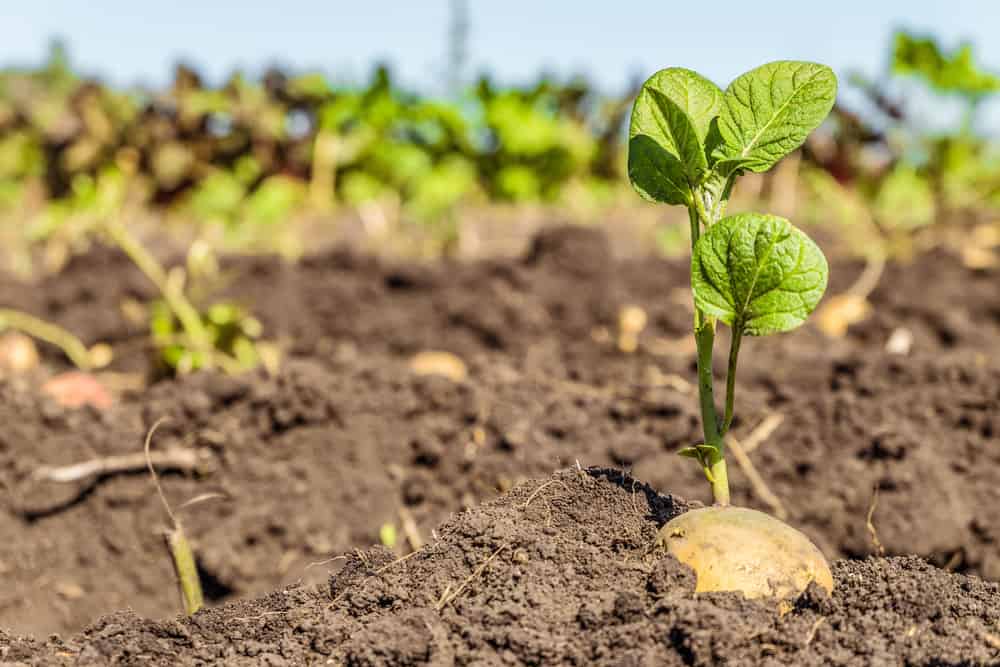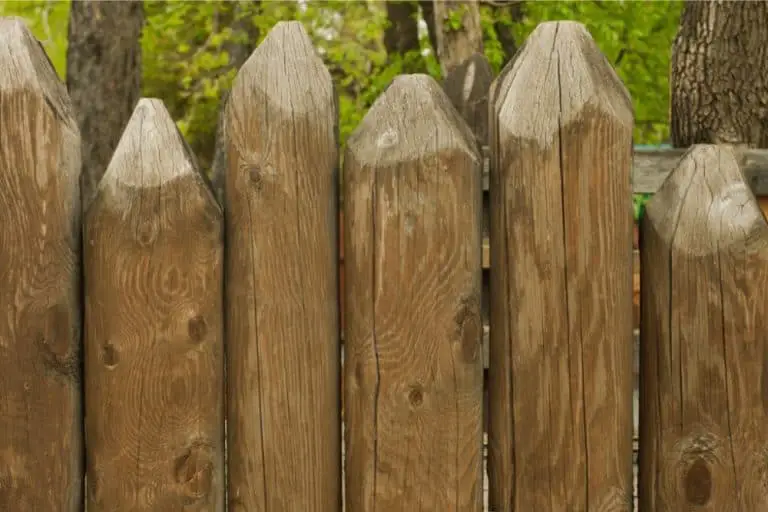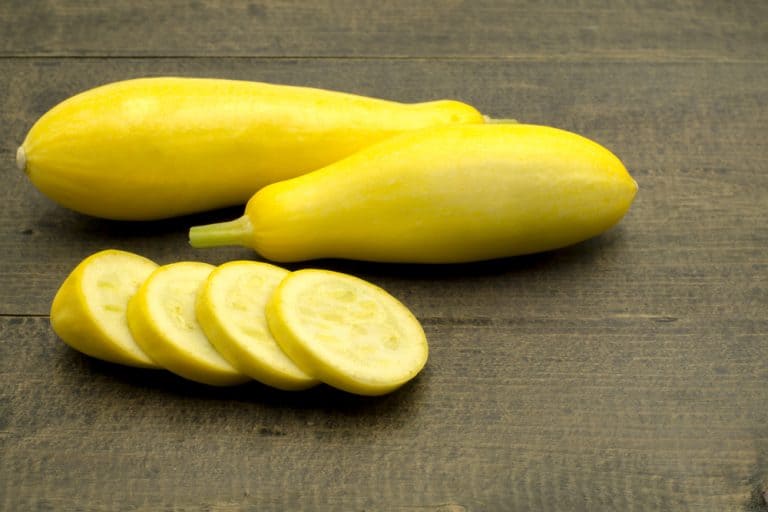How Long Does It Take To Grow Potatoes [Harvest The RIGHT Way]
Are you wondering, How Long Does It Take To Grow Potatoes? Here is a quick and easy guide for you and how to harvest potatoes the RIGHT way!
Potatoes are one of the world’s favourite foods and are essential for everything from chips to crisps to gratin and other amazing meals. They form an integral part of many cultures’ diets and our reliance on them is well known.
However, despite their popularity, many people don’t know how to grow potatoes and know very little about one of the most consumed vegetables in the world.
If you’re interested in learning more about growing potatoes or are interested in starting a vegetable garden to become more self-sufficient, save money and live a greener life, knowing when to harvest your potatoes and how long they take to grow is a key piece of knowledge in managing your crop and ensuring it is in good condition and harvested at the correct time to avoid it being wasted or dying.
In this guide, we’re going to look at how long it takes to grow potatoes when the best time to harvest them is, how to prepare the ground for growth and harvesting and other key tips to make your potatoes grow better and give your vegetable garden the perfect start!
But without further ado let’s take a look at how long potatoes actually take to grow.
DISCLAIMER
Some of the links on here are affiliate links and I may earn if you click on them, AT NO EXTRA cost to you. Hope you find the information here useful! Thanks.
Related Articles:
- Best Seed Starting Kit Of 2022
- How Many Sweet Potatoes Per Plant?
- Prepare Your Ground With 5 Best Electric Tillers Of 2022!
- How To Harvest Romaine Lettuce [2022 Update]
- Best Front Tine Tillers To Prepare Your Ground [2022 Update!]
- What Do Rose Seeds Look Like? [+Harvesting Tips!]
Plant your potatoes in a transparent grow bag to utilise your space efficiently and when the weather turns frosty!

How Long Does It Take?
The first thing you need to know is how long they take to grow as this impacts every decision you make about growing crops, from planting times to harvesting times and other seasonal information and care tips to protect your crops.
There are several different types of potatoes and there are many techniques to growing them, some being more optimal than others. First and foremost we’re going to look at the main types of potatoes in general to give a broad idea of when they should be planted and how long they take to grow.
Earlies; For earlies, you generally want to harvest them after 70 to 80 days.
Some species such as Sirtema are a great all-rounder perfect for steaming or frying, while other examples are Belle de Fontenay potatoes which develop in around 70 days, Cherie’s which are pink-skinned potatoes with a superb taste, and Annabelle’s which are an attractive oval-shaped potato commonly used in salads.
Mid-season; These potatoes are typically harvested after 100 days.
Some examples of these potatoes are the Mona Lisa, a popular and common potato used for roasting and mashing, as well as Bernadette’s which are a good size and popular in salads, Charlotte’s which are long and used in various dishes and styles of cooking. There are also Rose of France potatoes which are pink and used a lot in salads.
Late Harvests; Late’s can be harvested in 120 days or more and some examples of these potatoes are;
Caesar’s which are commonly used in roasts and resistant to diseases such as blight, Bleue d’Artois which are purple and often used in mashes, Desiree’s which are large and pink-skinned with excellent flavour, as well as Corne de Gatte potatoes which are pink, with a yellow flesh and very tasty.
Note– If you want to make your green fingers happier and your life easier, you can use this affordable 83 pieces ultimate gardening set to help you garden like a pro!
How To Prepare The Ground

Potatoes are a fairly reliable crop but are prone to changes in conditions and do need you to make some preparations to ensure a good crop.
Part of this is preparing the ground and this should be done well ahead of time to avoid issues, ideally in the preceding winter before the start of the early growing season which can start as early as February in some climates.
Remove all weeds from your planting area and remove stones and debris from the soil to remove obstructions to your potatoes growth.
Ideally, you want to also fertilize the soil by using organic matter, fertiliser or other quality composting material to ensure that the potatoes have everything they need to grow strong when the time comes.

Try to set up your patch in an area that gets access to sunlight and is well-drained to avoid flooding.
You can’t do anything to prevent disease except to refrain from growing in the same area for more than two years running, but ideally, you would change your patch or soil every year as diseases such as the famous blight can survive winter cold and attack your new crop while they are vulnerable.
In terms of acidity, slightly acidic soil is best for potatoes, and you can facilitate this by using treatments such as sulphur to change the pH but do this carefully or you may totally unbalance and ruin your soil which can be disastrous.
Use a pH meter to get accurate readings!

When To Harvest
The optimum harvest times can vary depending on the type of potato and the growing season as well as conditions at the time of year you’re harvesting, but generally, there are some recommendations to follow.
You can start harvesting earlies after around 10 weeks when the flowers begin to show and this will mean you are harvesting them as new potatoes which are a popular and tasty young potato choice.
Larger potatoes are generally left in the ground for around two weeks after the leaves and stems die, which allows the potato skins to harden and fully mature. You can then cut the stems and harvest them.
Instead of digging with your hands, speed up harvesting your potatoes by using quality garden forks!

Useful Tips
Pre-Sprouting
It can be useful to pre-sprout your potatoes before planting which will make them much faster to grow and give them a crucial head start providing they aren’t caught out by a late frost and are properly monitored.
Fertilize
Always fertilize your soil to provide the best conditions for growth.

Cover The Potatoes During Late Frost
If a late frost does threaten your crop don’t be afraid to cover your potatoes with a blanket or some straw to help insulate them and prevent frost from killing the stems and flowers as this can ruin your crop entirely.




![15 Companion Plants For Asparagus To Help It THRIVE! [2023]](https://aboveandbeyondgardening.com/wp-content/uploads/2022/11/companion-plants-for-asparagus-768x510.jpg)

![How To Grow Oxheart Tomatoes+ Unique Growing Tips [2022]](https://aboveandbeyondgardening.com/wp-content/uploads/2022/08/how-to-grow-oxheart-tomatoes-1-768x444.jpg)
![How To Grow Tomatoes In Rainy Season + Growing Tips! [2022]](https://aboveandbeyondgardening.com/wp-content/uploads/2022/08/how-to-grow-tomatoes-in-rainy-season-768x512.jpg)
![15 Companion Plants For Cantaloupe & What To Avoid! [2023]](https://aboveandbeyondgardening.com/wp-content/uploads/2022/11/companion-plants-for-cantaloupe-2-768x512.jpg)